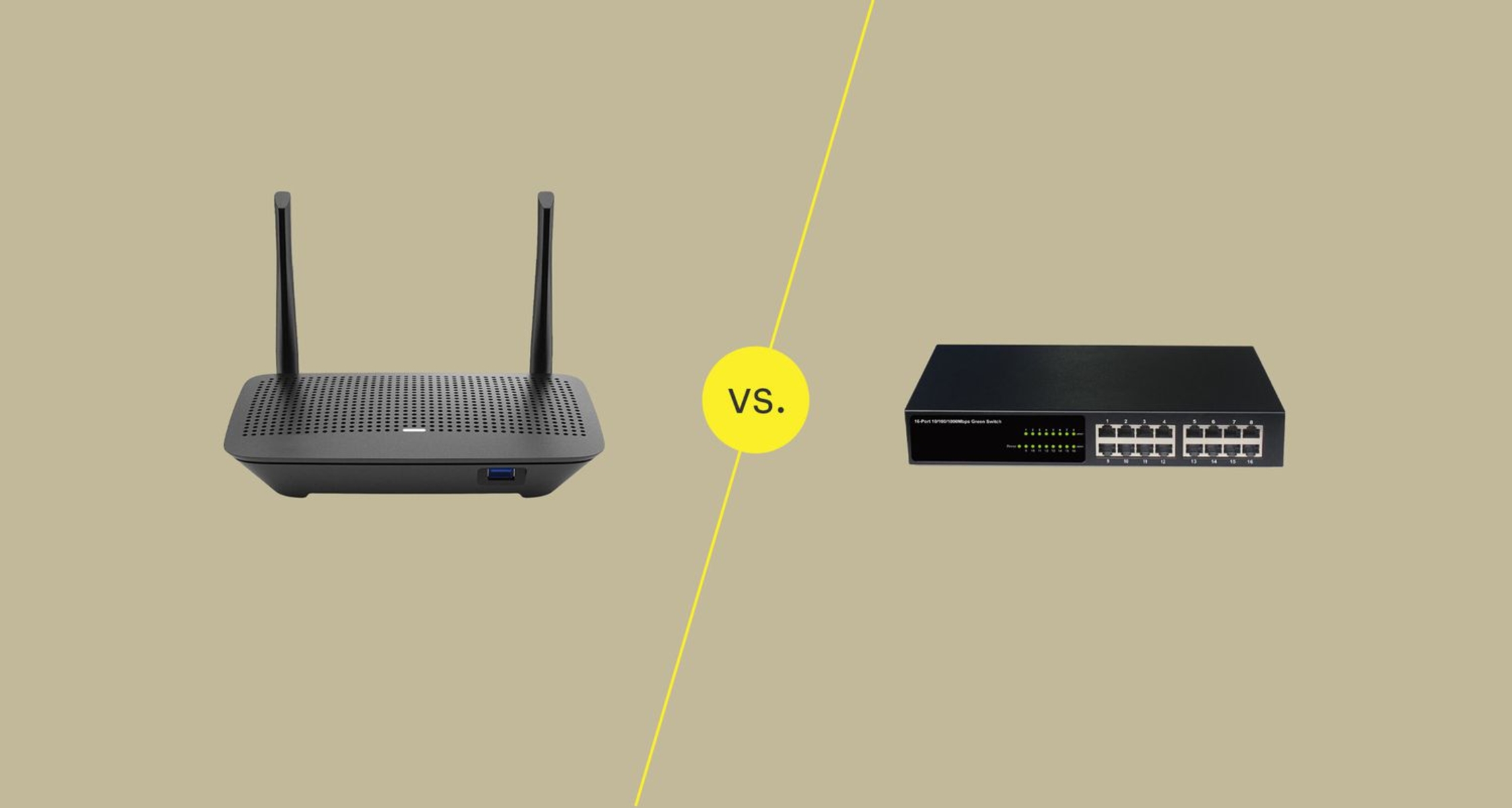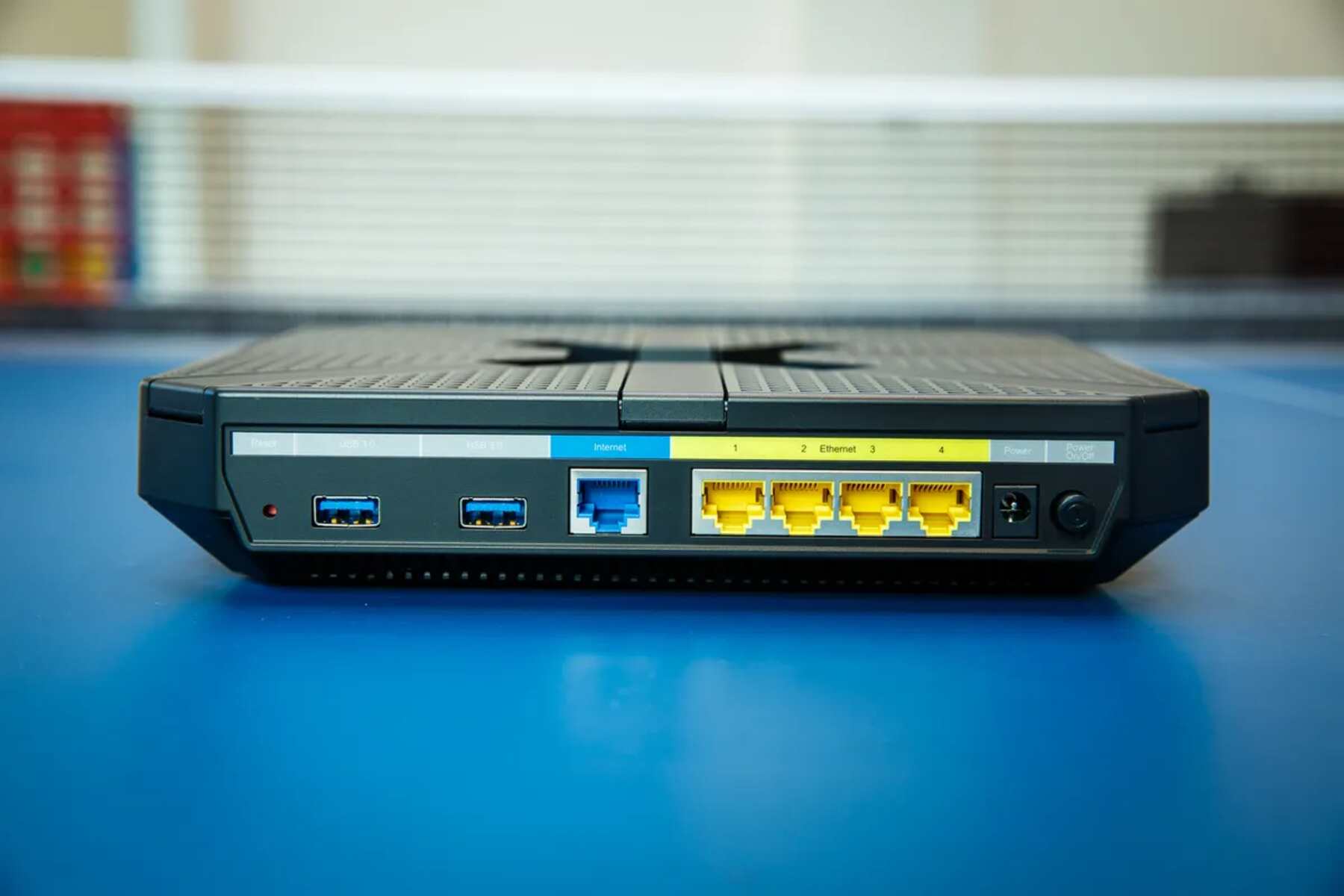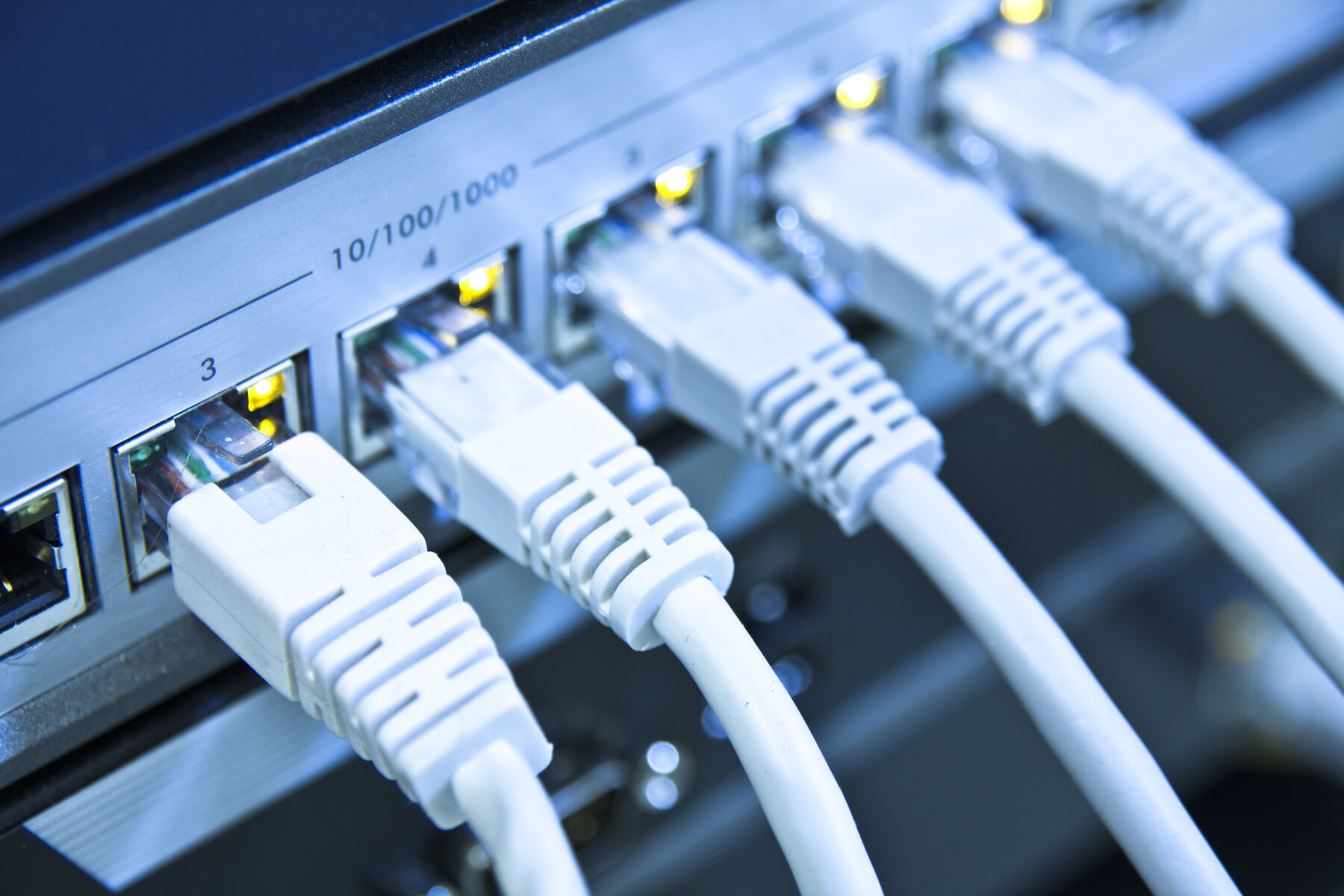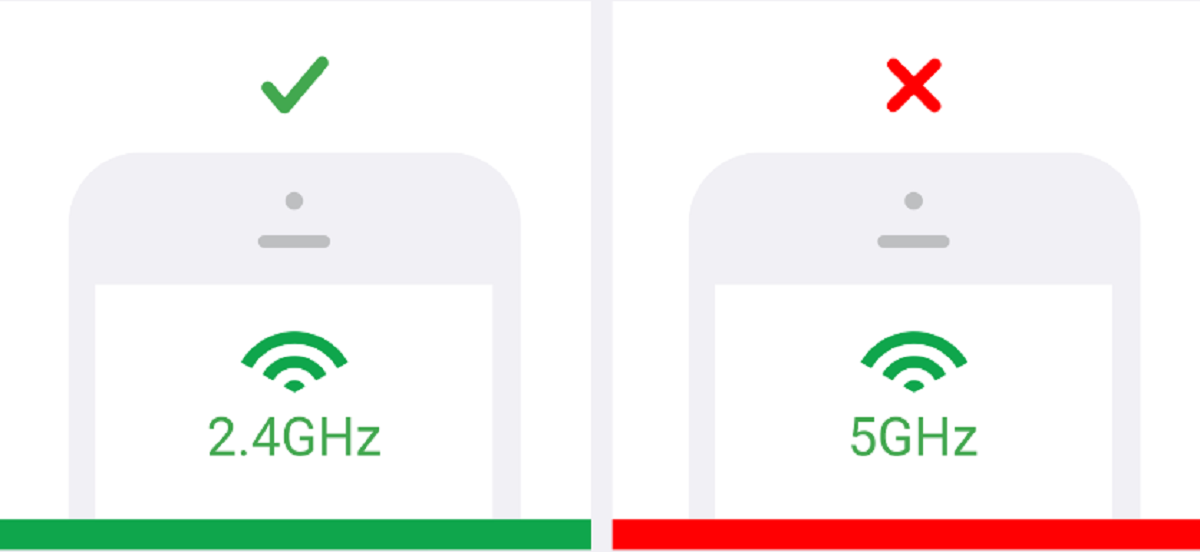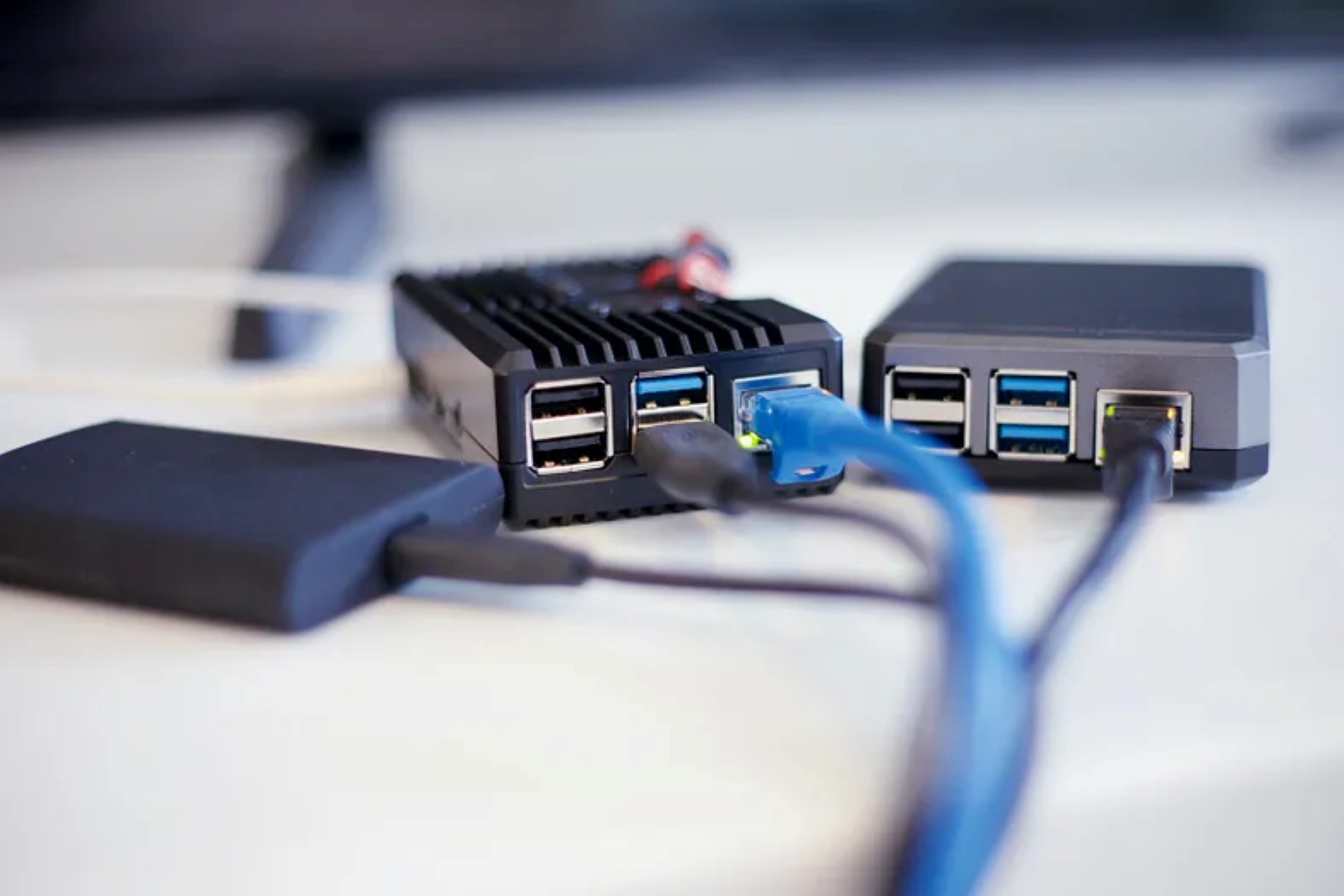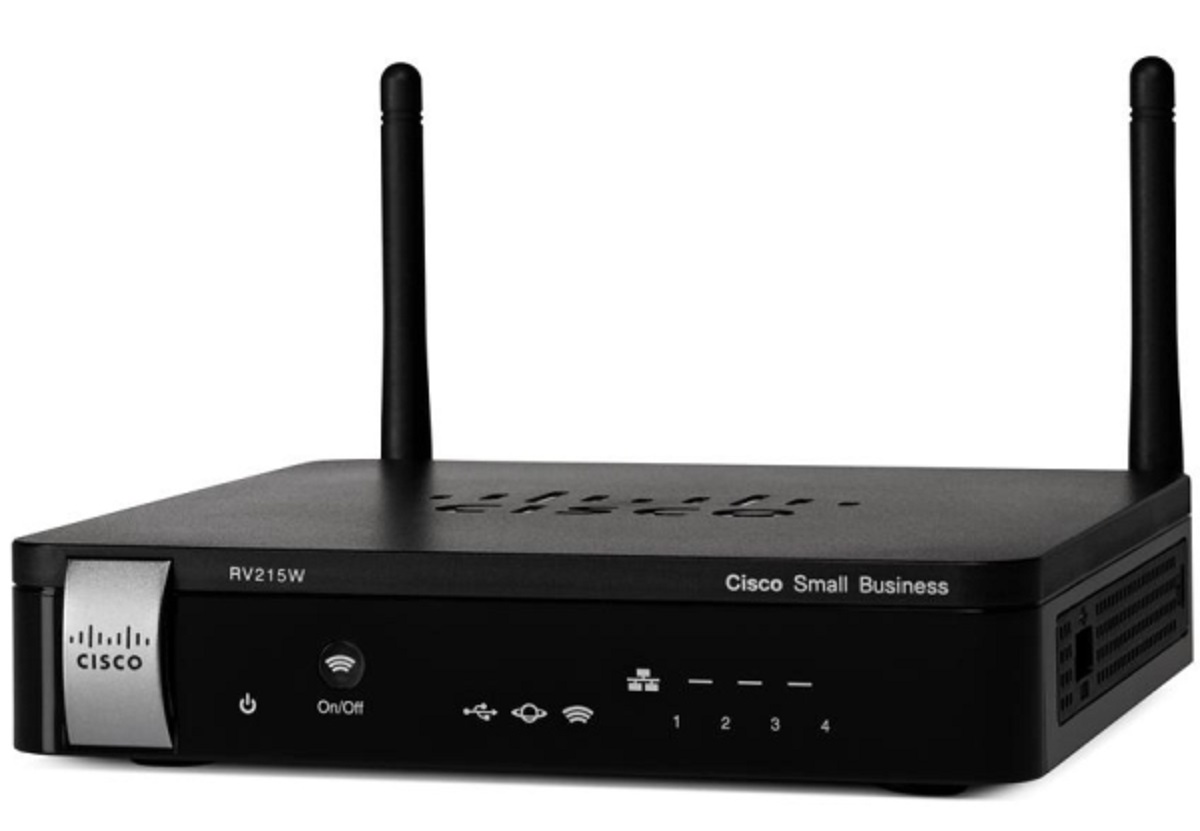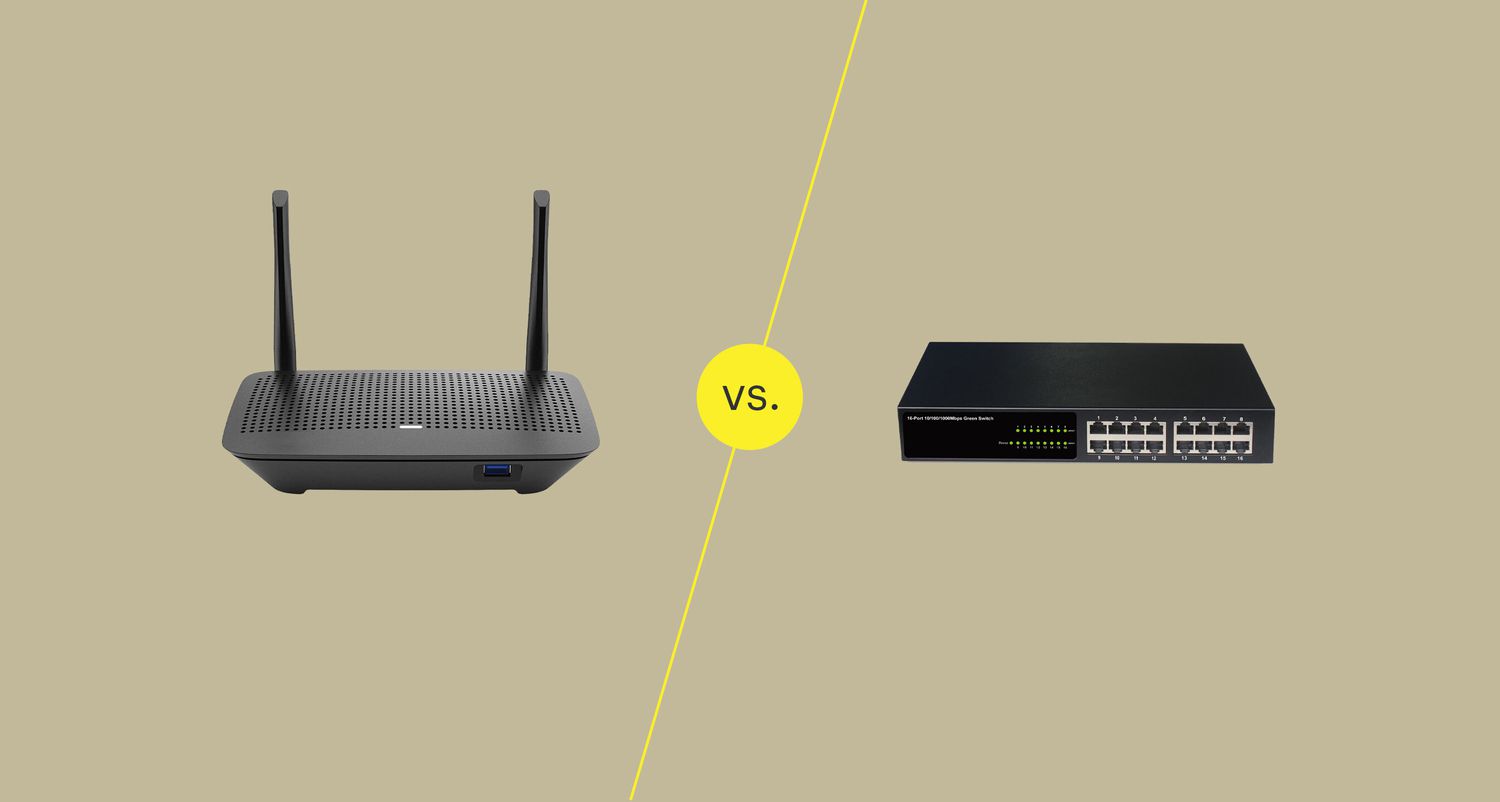Introduction
Connecting a network switch to a router is a fundamental aspect of building a robust and efficient network infrastructure. Whether you are setting up a small home network or a large-scale enterprise network, understanding how to connect these essential networking devices is crucial. This process enables multiple devices to communicate with each other, share resources, and access the internet. In this guide, we will explore the steps to connect a network switch to a router, including the necessary configurations to ensure seamless connectivity.
By comprehending the roles of network switches and routers, as well as the intricacies of their interconnection, you can optimize the performance and functionality of your network. This knowledge empowers you to expand your network to accommodate additional devices and enhance data transfer speeds. Whether you are a networking enthusiast, an IT professional, or a business owner seeking to improve your network infrastructure, mastering the connection between a network switch and a router is essential for achieving a reliable and efficient network environment.
Throughout this guide, we will delve into the technical aspects of networking while providing practical, step-by-step instructions that cater to both beginners and experienced users. By the end of this tutorial, you will have a comprehensive understanding of how to successfully connect a network switch to a router and configure the network settings to ensure optimal performance. Let's embark on this networking journey and unlock the potential of your network infrastructure.
Understanding Network Switches and Routers
Before delving into the process of connecting a network switch to a router, it is essential to grasp the distinct roles that these devices play in a network environment. A network switch is a hardware device that enables multiple devices within a local area network (LAN) to communicate with each other. It operates at the data link layer of the OSI model and uses MAC addresses to forward data to the appropriate destination. Network switches are integral for facilitating efficient and rapid data transfer between connected devices, making them indispensable for modern networking infrastructures.
On the other hand, a router serves as a pivotal component in network connectivity by directing data packets between different networks. Routers operate at the network layer of the OSI model and utilize IP addresses to determine the most efficient path for data transmission. They are responsible for establishing connections between multiple networks, such as connecting a local network to the internet. Routers play a critical role in ensuring that data reaches its intended destination across diverse network environments.
When connecting a network switch to a router, it is important to recognize the distinct functions of these devices. The network switch facilitates communication within a single network, allowing devices to exchange data seamlessly, while the router manages the flow of data between different networks, such as the local network and the internet. By comprehending the unique roles of network switches and routers, you can strategically integrate these devices to create a robust and efficient network infrastructure that meets the demands of modern connectivity.
Connecting a Network Switch to a Router
Connecting a network switch to a router involves establishing a physical and logical connection between the two devices to enable seamless communication within the network. This process is essential for expanding the network’s capacity and facilitating efficient data transfer between devices. To initiate the connection, follow these fundamental steps:
- Physical Connection: Begin by connecting an Ethernet cable from one of the LAN ports on the router to an available port on the network switch. This physical link forms the foundation for transmitting data between the two devices.
- Power On the Devices: Once the physical connection is established, power on the network switch and the router. Allow sufficient time for the devices to initialize and establish connectivity.
- Verify Connectivity: Check the indicator lights on the network switch and the router to confirm that the physical connection is active. The indicator lights typically display a solid or blinking status to indicate network activity and connectivity.
Upon completing these steps, the network switch and the router are physically connected, laying the groundwork for establishing a seamless network environment. The next crucial phase involves configuring the network switch to optimize its functionality and ensure interoperability with the router.
Configuring the Network Switch
Configuring the network switch is a pivotal step in ensuring that it seamlessly integrates with the router and effectively manages the network traffic. By customizing the settings of the network switch, you can optimize its performance and enhance the overall network connectivity. The following steps outline the essential configurations to be applied to the network switch:
- Access the Switch Interface: Using a web browser, enter the IP address of the network switch into the address bar. This allows you to access the switch’s configuration interface. Log in using the appropriate credentials provided by the manufacturer.
- Create VLANs: If your network requires virtual LANs (VLANs) to segment traffic, configure the appropriate VLANs on the network switch. This enables you to isolate and manage specific types of network traffic based on logical groupings.
- Assign Port Trunking: Configure port trunking, also known as link aggregation, to combine multiple physical ports on the network switch into a single logical link. This enhances bandwidth and provides redundancy for critical network connections.
- Configure Quality of Service (QoS): Implement QoS settings to prioritize certain types of network traffic, ensuring that essential data, such as voice and video, receive preferential treatment for optimal performance.
- Enable Spanning Tree Protocol (STP): If your network consists of multiple interconnected switches, enable STP to prevent network loops and ensure a stable and efficient network topology.
By applying these configurations to the network switch, you can tailor its functionality to suit the specific requirements of your network environment. These settings not only enhance the switch’s performance but also contribute to the overall efficiency and reliability of the network infrastructure.
Testing the Connection
After connecting and configuring the network switch to the router, it is crucial to conduct thorough testing to ensure that the network connectivity is robust and reliable. By performing comprehensive tests, you can identify and address any potential issues that may impact the performance of the network. The following steps outline the essential tests to verify the connection between the network switch and the router:
- Ping Test: Use the command prompt or terminal to initiate a ping test from a device connected to the network switch. Ping the IP address of the router to verify that the device can communicate with the router effectively. A successful ping test indicates a functional connection between the network switch and the router.
- Internet Access Test: Verify that devices connected to the network switch can access the internet through the router. Open a web browser on a connected device and attempt to access various websites to confirm internet connectivity. This test ensures that the router is properly distributing internet access to devices through the network switch.
- Internal Network Communication: Test the ability of devices connected to the network switch to communicate with each other. Transfer files or initiate communication between devices within the network to ensure seamless data exchange. This test validates the local network connectivity facilitated by the network switch and the router.
- Bandwidth and Speed Test: Evaluate the data transfer speeds and bandwidth utilization within the network. Use network diagnostic tools to measure the throughput and latency of data transmission between devices. This test provides insights into the efficiency of the network switch and its connectivity to the router.
By conducting these tests, you can ascertain the integrity of the connection between the network switch and the router, as well as the overall performance of the network infrastructure. Any issues identified during the testing phase can be addressed promptly, ensuring a reliable and efficient network environment for connected devices.
Conclusion
Connecting a network switch to a router is a fundamental process that underpins the functionality and efficiency of a network infrastructure. By understanding the distinct roles of network switches and routers, as well as the essential steps involved in their connection and configuration, individuals and organizations can create robust and scalable network environments.
Through this guide, we have explored the intricate process of physically connecting a network switch to a router, configuring the network switch to optimize its performance, and conducting comprehensive tests to validate the network connectivity. By adhering to these steps, network administrators and enthusiasts can ensure seamless communication between devices, efficient data transfer, and reliable internet access within the network.
Mastering the connection between a network switch and a router empowers individuals to expand their network infrastructure, accommodate additional devices, and enhance the overall network performance. Whether it is for a small home network, a growing business, or a large-scale enterprise environment, the knowledge and skills acquired from this guide are invaluable for building and maintaining a resilient and high-performing network.
By applying the principles outlined in this guide, individuals can navigate the complexities of networking with confidence, ensuring that their network infrastructure meets the demands of modern connectivity. As technology continues to advance, the ability to connect and configure network devices effectively becomes increasingly crucial, and this guide serves as a foundational resource for achieving success in network connectivity and management.







